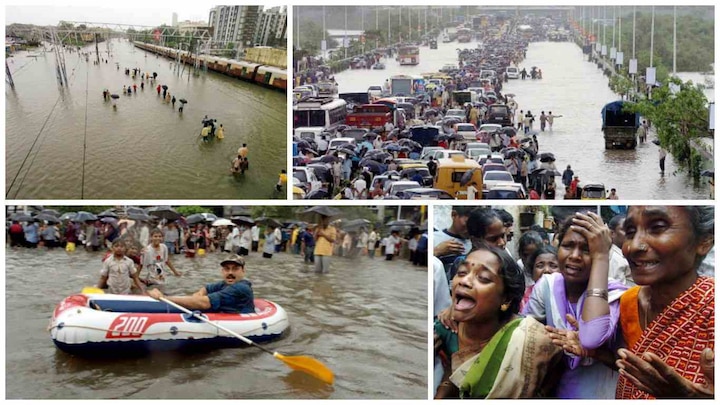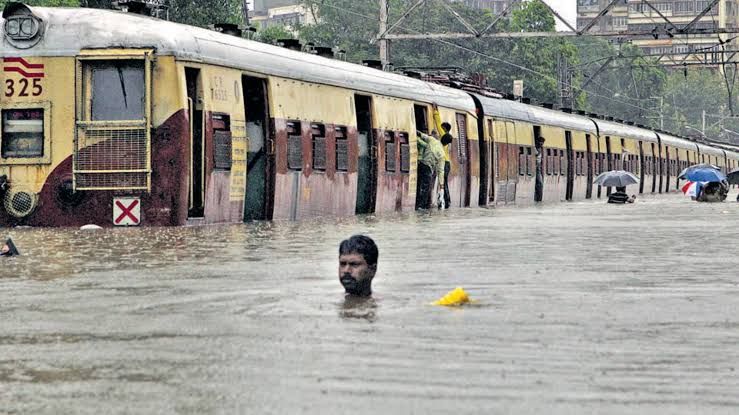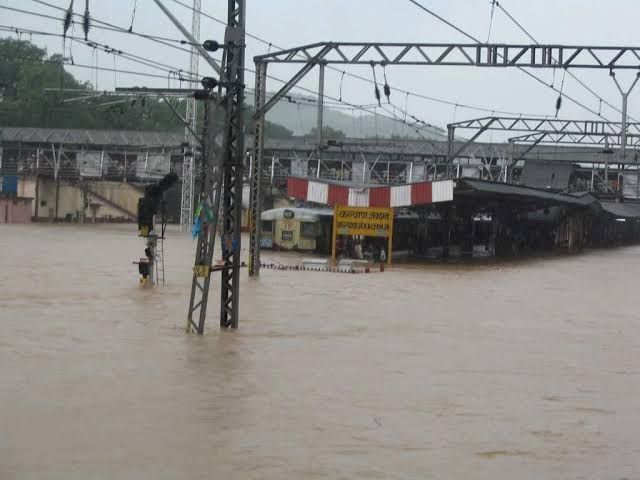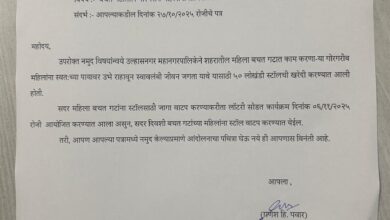“Mumbai’s Darkest Day: Remembering the Devastating Floods of 26 July 2005”



By Neetu Vishwakarma
On 26 July 2005, Mumbai, India’s financial capital, witnessed one of the most devastating floods in its history. Heavy rainfall, unprecedented in its intensity, brought the city to its knees, causing widespread destruction and chaos.
The floods, which lasted for several days, affected millions of people, claiming over 900 lives and displacing thousands. The city’s infrastructure, including roads, bridges, and public transport, was severely damaged, bringing normal life to a standstill.
The floods were caused by a combination of factors, including heavy rainfall, poor drainage, and encroachment of waterways. The city’s residents were caught off guard, with many stranded in their homes or on the streets, waiting for help to arrive.
The government and emergency services responded quickly, but the scale of the disaster was overwhelming. Rescue efforts were hindered by the severity of the flooding, making it difficult to reach affected areas.
In the aftermath of the floods, there were questions raised about the city’s preparedness and infrastructure. The government faced criticism for its handling of the disaster, and there were calls for better disaster management and urban planning.
Today, as we remember the devastating floods of 26 July 2005, we honor the lives lost and the resilience of the people of Mumbai. The city has since taken steps to improve its disaster preparedness and infrastructure, but the memory of that fateful day serves as a reminder of the importance of being prepared for the unexpected.





